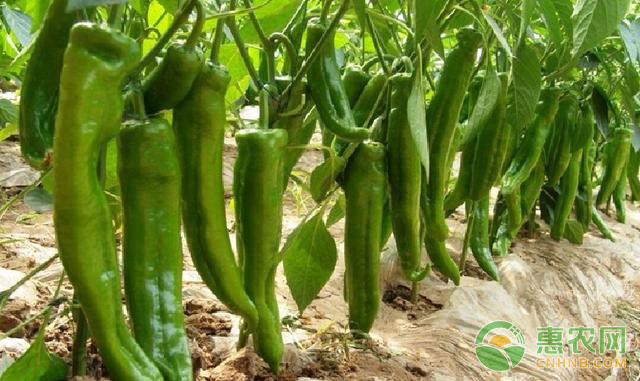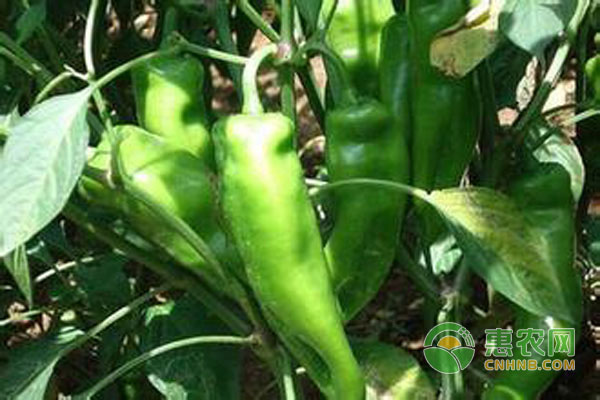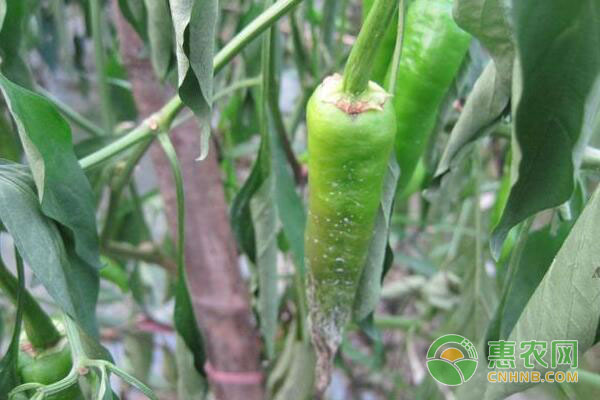Green pepper is a common vegetable in our life. It is a kind of vegetable that both the north and the south love to eat. It is also widely planted and has a large number of people. The following small series will tell you about the green (spicy) pepper cultivation points. Green (spicy) pepper is a Solanaceae plant, the fruit is rich in protein, sugar, organic acids, vitamins and calcium, phosphorus, iron and other minerals, of which vitamin C content is the first in the dish, also contains capsaicin, can enhance Appetite, help digestion. Based on years of planting experience, this paper summarizes some of the green (spicy) pepper cultivation points and hopes to guide production practices. 1, variety selection Choose disease-resistant, high-quality, high-yield varieties. Commonly used green pepper varieties Zhongjiao 107, Beixing No.8, Lujiao No.7, etc., pepper varieties can choose Zhongjiao 16, Zhongjiao 106, Lujiao 11 and so on. 2, cultivation techniques 2.1 Nursery 2.1.1 Seed treatment. Soak the seeds in warm soup, soak seeds in warm water at 52 °C for 30 min, or soak for 1 h with trisodium phosphate. 2.1.2 Greenhouse, seedling tray and seedbed treatment. It is recommended to use soilless substrate plug seedlings. Before planting, the seedling greenhouse and seedbed are diluted with 1.65kg potassium permanganate, 1.65L formaldehyde, 8.4kg boiling water to produce smoke, closed for 48h; seedling tray is soaked with 1000 times potassium permanganate. 30min, then rinse off with water. 2.1.3 Temperature management. The temperature before emergence is 25~30°C during the day and 15~18°C during the night. The temperature can be gradually lowered after emergence. Increase ventilation after 7~8 days before planting to reduce temperature and humidity. 2.1.4 It is recommended to use grafting seedlings to effectively control soil-borne diseases and solve serious problems of continuous cropping diseases. 2.2 Soil preparation and fertilization Before planting, the application of high-quality farmyard manure 3000kg, diammonium phosphate 20kg, potassium sulfate 20kg, calcium deficiency calcium phosphate 15kg, after deep ploughing land leveling, ridge cultivation in conditional areas, after ridges, the central opening width of the ridge is 10cm, deep A small ditch of 5~8cm, laying a drip irrigation pipe, and then covering the mulch. 2.3 Colonization The planting density is determined according to the growth of the green pepper variety. The general protected area is 50~60cm, the plant spacing is 35~40cm, and the planting area is 3,000~4000. The green pepper in the open field should be properly planted. The green peppers in Baotou and surrounding areas are generally planted in the middle and late March. The plastic greenhouses are planted in the middle and late April, and the open field is planted in the middle and late May. 2.4 Field Management 2.4.1 Water management. Watering in time after planting, watering the seedlings 3~5 days after planting, and then starting the seedlings. After the pepper is placed on the fruit, the seedlings are finished and watering begins. Generally, it is watered once every 7 days, and watered once in hot summer for 5~7 days. The interval of watering should be determined according to the climate characteristics and soil characteristics. 2.4.2 Temperature management. In the greenhouse and plastic greenhouses, the seedling period is 25~30°C during the day and 18~20°C at night. The temperature is lowered appropriately after the seedlings are lowered, and the relative humidity in the room is kept at 70%. It is best to install insect nets at the entrance and exit and the air outlet. 2.4.3 Topdressing. After the pepper is placed on the fruit, 5kg of urea is applied per acre combined with watering, and the potassium sulfate is 3~5kg, and the fertilizer is applied once every other water. 2.4.4 Harvesting. The pepper should be harvested in time to avoid the impact of the later fruit setting and fruit enlargement. After the product is ripe, it will be harvested and listed in time. The harvesting period should meet the requirements of the pesticide safety interval standard. 3. Main pest control 3.1 Disease In the early stage of the disease, 50% dimethomorph wettable powder or 10% dimethomorph water emulsion can be sprayed on the roots. In the middle and late stages of the disease, spray or root the roots with 50% creamer copper wettable powder 800 times. 3.2 Powdery mildew 50% powder rusting 800~1000 times liquid, or 25% propiconazole emulsifiable oil 5000 times liquid, 7~10 spraying once, continuous spraying 2~3 times. 3.3 Viral disease Virus A wettable powder 500 times solution, 1.5% phytopathogenic emulsion 1000 times solution, 7~10d spray once, continuous spraying 2~3 times. 3.4 Whitefly 300 times Emerald Roots. 3.5 Locust Oxymatrine insecticide 1000 times liquid spray. 3.6 Sunburn Physiological diseases, cultivate strong seedlings, rational close planting, and timely pest control. 3.7 umbilical rot Due to the physiological disease caused by calcium deficiency in the soil, timely calcium supplementation and uniform watering can be sprayed with 1% calcium phosphate leaching solution. The above is the planting and cultivation technology of green (spicy) peppers compiled by Huinong.com, have you learned? If you want to know more about agricultural technology, please pay attention to the Hui Nong School! NINGBO MEDICAL EQUIPMENT CO.,LTD , https://www.techartmeds.com

